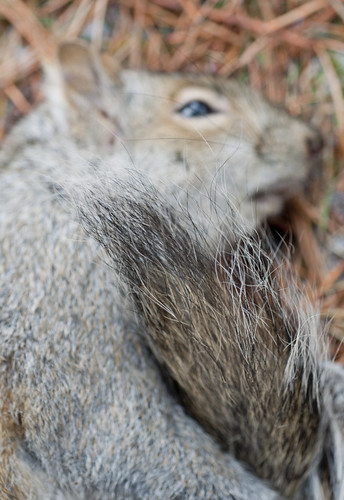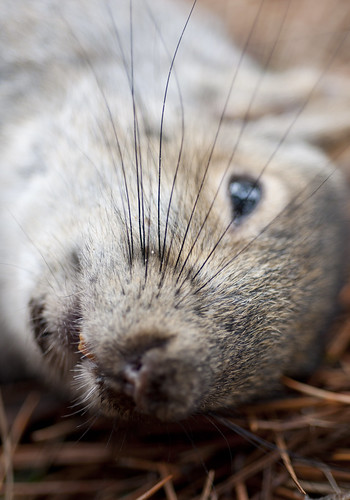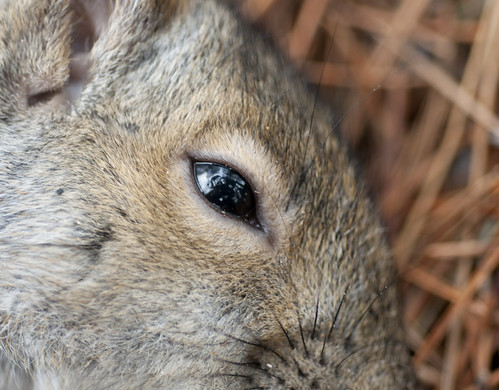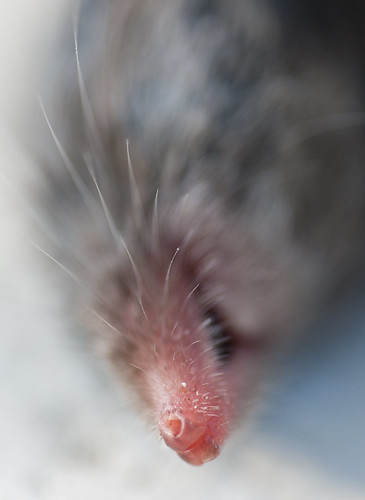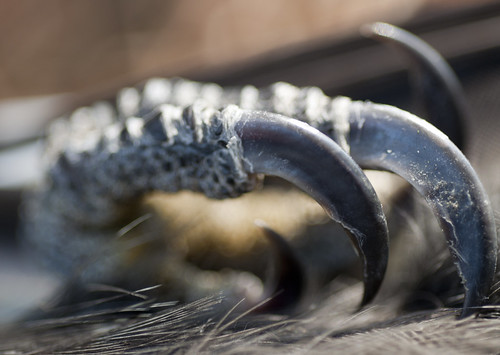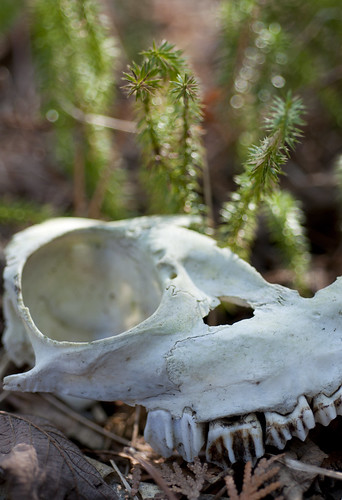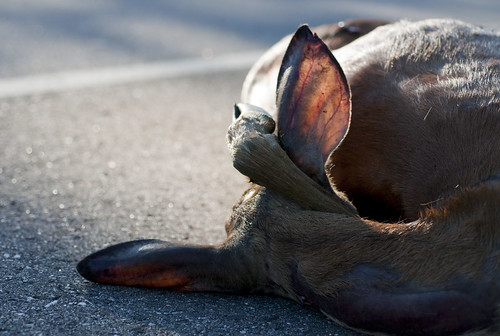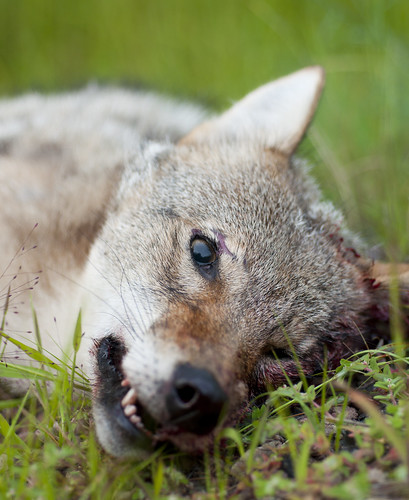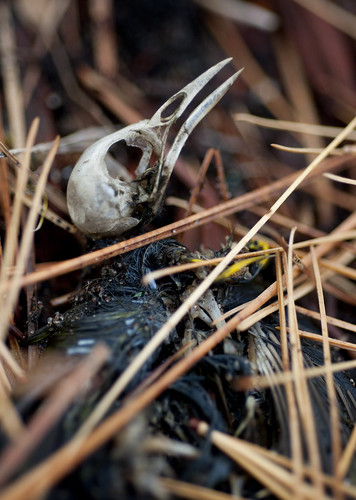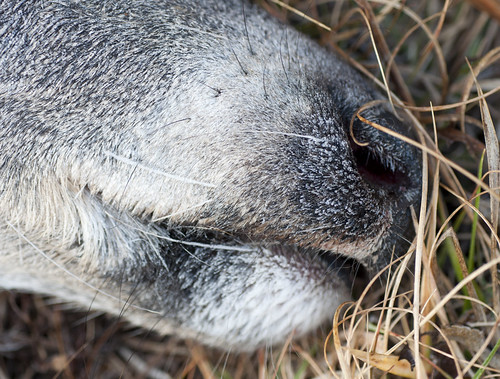A couple of years ago, I borrowed a copy of Flattened Fauna: A Field Guide to Common Animals of Roads, Streets, and Highways, written by Roger M. Knutson. It was the 2006 revision, and I leafed through it, but never really found myself interested. More recently, I acquired the older edition, published in 1987. I imagine the newer printing has some updated information and content, but the general gist is the same — simple, silhouette illustrations included. Keep in mind that this review is of the 1987 edition, which is still widely available.
Firstly, if you're looking for a serious field guide, don't bother with Flattened Fauna. It's a bizarre combination of both scientific text and dark humor, but to be honest, the attempt falls rather flat (pun intended). It's very likely a parody of the standard field guide; nevertheless, if you're looking to learn more about a) roadkill and b) animals, this is not an ideal choice. And if you're looking for a laugh, it's not a good choice, either.
Flattened Fauna, as the title implies, focuses solely on animal pancakes — the kind of roadkill that has been compressed into the pavement, and is usually beyond identification. Each animal profile is accompanied by an illustration of the general "silhouette" of its flattened corpse; these diagrams are neither interesting nor helpful. If there's one thing that I've learned in all my travels and dealings with roadkill, it's that no two animals look the same. Rarely do animals flatten into perfect, pelt-like silhouettes; they become mangled and dismembered. It's a very violent process. Very few of the book's silhouette illustrations come close to what I've encountered on the road.
The field guide covers a couple dozen animals — reptiles, amphibians, birds, and mammals — and for most of them, does include information about their habits, appearance, and range. This would be welcome, but the accounts are brief and the facts aren't always correct, which is problematic. For instance, the author states that the crow is the largest all-black bird seen dead on the road — having seen my fair share of roadkill ravens, I can very well attest that such a claim is false. There are other errors as well; the statement that the only herring gulls found dead in the road are juveniles, for example, was rather perplexing.
If you want to learn more about birds, pick up a Sibley's field guide that covers your region. If you want to learn more about mammals or reptiles or amphibians, pick up a corresponding field guide to those animals, as well. They will provide you with far more useful information that will help you in identifying animals, both those living and those dead on the road.
The "field guide" portion of Flattened Fauna aside, there is a lengthy introduction that is a somewhat interesting read — though it's hard to say if any of it should be taken seriously, if the book is indeed a parody. Perhaps it is the ambiguous nature of the text that puts me off so. One of the more jarring passages discourages the collection of "flattened specimens" — if only for safety and a few other "humorous" reasons. As this book includes migratory birds and furbearing mammals, the omission of legalities concerning their collection is rather disturbing. Perhaps this is remedied in the revised 2006 edition — but there's no reason such information should have been left out in the first place.
Parody or not, I cannot recommend Flattened Fauna. The attempts at humor left a bad taste in my mouth, and perhaps it is this short passage, on the very first page, that set the negative tone:
The road fauna is made up of creatures who are victims of their own habits [...]Animals hit on the road are the victims of human habits: our habits of encroaching on their habitat, our habits of crisscrossing the country with highways and byways, and our habits of changing the environment so drastically in the last century that wildlife — especially reptiles and amphibians — cannot, and will not keep up.










